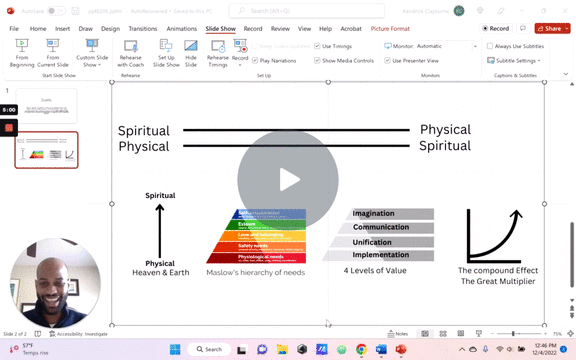Read Time: 1 min
You’ve made it.
You’ve got a couple of direct reports, maybe even a new title and a shiny update to the org chart. Exciting, right? Except for one thing: they skipped the meaningful salary increase.
By now, you’re probably tired of all the corporate “culture and values” trainings. Meanwhile, they canned Larry in Accounting last week and shipped his clients to a third-party team overseas. The new team has no knowledge of the accounts, but hey — it saves a few dollars… at least until the client realizes and fires the company.
What Unification Really Means
At this stage, your role is about bringing implementers together to produce a desired outcome. You’ve moved from “doing the work” to organizing the work.
Think of yourself as a project manager who understands who needs to do what and how it all comes together.
The real key to growing beyond this stage? Communicating the value of growth in each team member.
If you want to replace yourself — and move to higher levels of value — you must give your implementers the tools, encouragement, and structure to rise above their current station.
The Value of Unification
At this level, value comes from managing and aligning the efforts of others.
A manager who oversees a team of implementers creates exponentially more value than any one member of the team. Unification multiplies effort.
But remember: unification isn’t the end. It’s the bridge.
👉 Next lesson: Communication — the level that separates managers from leaders, and employees from entrepreneurs.


